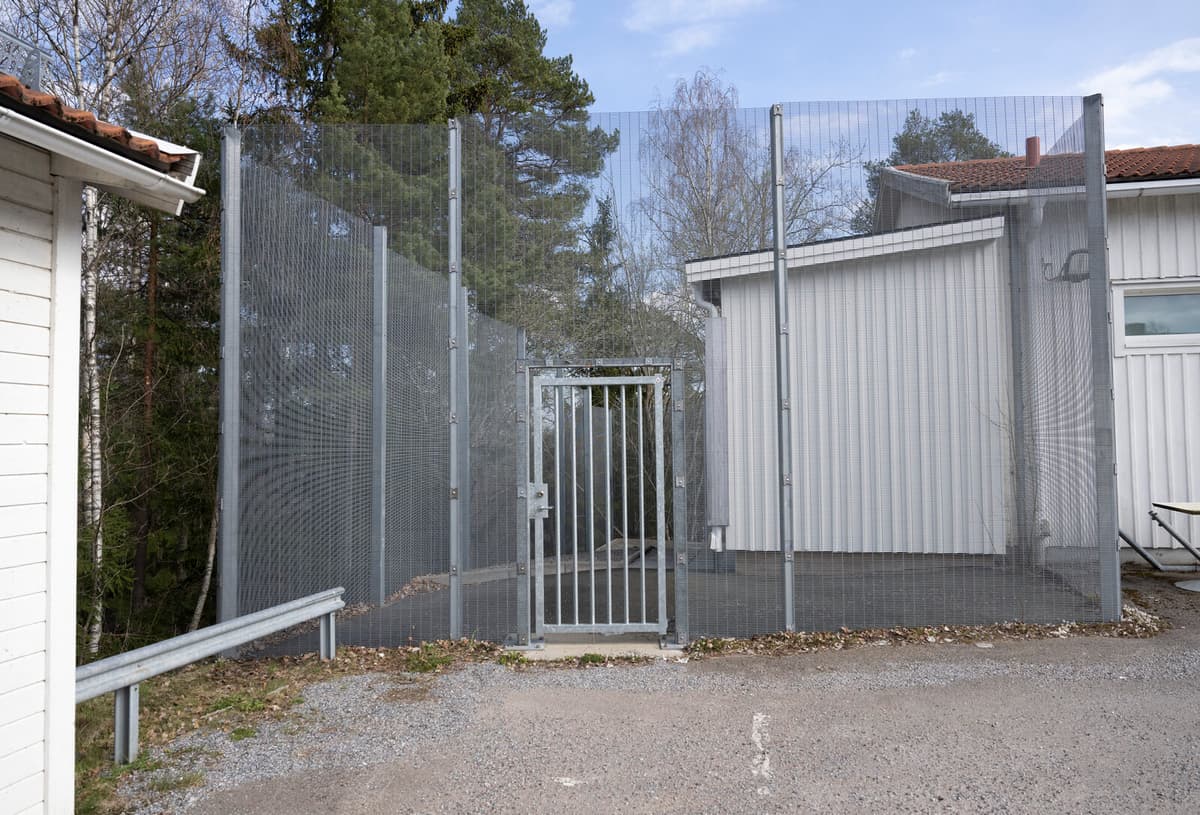During the first six months of the year, the number of escapes from the National Board of Institutions' youth homes has decreased by more than 32 percent – where one of the 65 cases concerned a convicted young person.
The escapes continue to decrease. According to Anna Sandahl, this is partly because Sis has started with systematic security assessments.
One constantly assesses whether there are risks associated with carrying out an outing, or in other ways sees that the risks are too high, then one stays at home or plans again with more employees.
The figures apply to young people who are placed according to the law on care of young people (LVU) and those who are convicted and placed according to the law on closed youth care (LSU).
Structured work
Threats and violence also follow the same pattern, where what has been directed against staff has decreased by 28 percent. Among young people, it is instead about just over 15 percent. Anna Sandahl attributes this to, among other things, the extended staff training in conflict management. She sees no "imminent risk" that the decrease is due to staff avoiding reporting.
It is very clear that everything should be reported. That's what we've communicated, and that's what we experience people doing.
She emphasizes that the decreases occur despite the risks associated with the high occupancy rate and the increased group sizes. At the same time, they have increased staff density and ensure that, for example, young people in rival gangs are not placed together. School is also an important factor that provides security and stability, she points out.
It's a combination of several initiatives and not something that has happened overnight, but we've worked very structurally for many years to lay the foundation and basis.
Broad criticism
The decreases occur in parallel with the criticism being intense. A report from the Inspectorate for Health and Care shows that 17 of 21 Sis homes have serious deficiencies. In 2024, staff violence against children and the number of isolations continued to increase, according to an investigation by the non-profit association Barnrättsbyrån.
Placed young people also have worse access to dental care than their peers, a study from Jönköping University shows. A survey by the National Board of Health and Welfare also shows that children and young people in HVB homes and Sis receive significantly more psychotropic drugs than their peers.
Our operations should be reviewed, it's important, and we follow up and investigate all information about potential misconduct or deficiencies that we receive, says Anna Sandahl.





